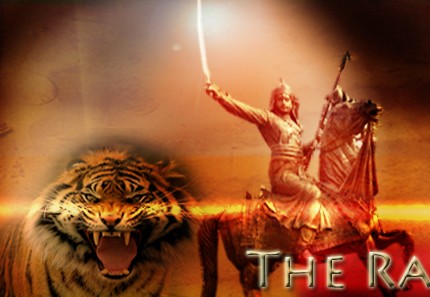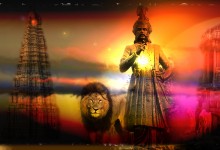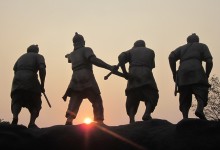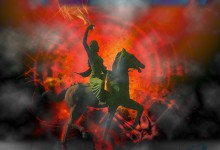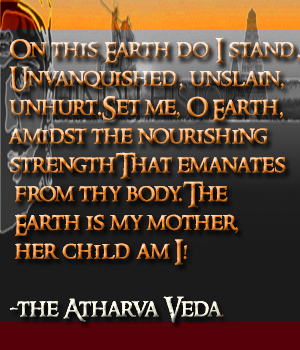Posts Tagged ‘Moghuls’

Response to Girish Shahane on Rajput ‘Failure’ or Victory ?
I have just been exposed to a worthless and meaningless article by a self-propagating Hindu phobic writer. The person I refer to is known as Girish Shahane, who by his own account is the proud owners of multiple degrees from va...
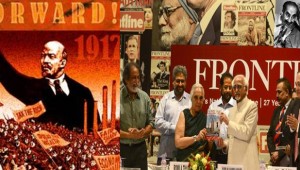
‘Marxist’ History in the Unmaking
“Modi’s accession to power and the respect he clearly enjoys among the neighbouring governments—and even in the US—may well be an apt occasion to rethink our attitude towards the ideological power struggle in India. So ...

Colour Prejudice in India : A History
When ‘Brother-in-Law’ means Rape If we cannot blame the aforementioned non-existent ‘Aryans’ then could it be due to two centuries of British colonialism? Certainly this favoured lighter skin and there was even a mixed ...

